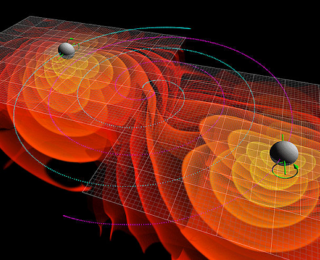
by Cole Meldorf | Jan 31, 2024 | Daily Paper Summaries
In this Astrobite, we see if gravitational waves can help us find theoretical horizonless compact objects, exotic objects predicted by modern alternatives to General Relativity!
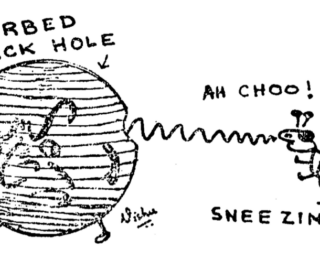
by Guest | Mar 30, 2023 | Daily Paper Summaries
Today’s authors show that including nonlinear modes improves the black hole ringdown model and could be very important for gravitational wave data analysis.
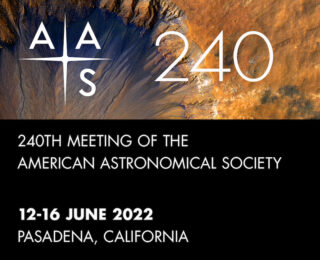
by Sabina Sagynbayeva | Jun 12, 2022 | Career Navigation, Current Events, Interviews, Personal Experiences
Curious about how we convert 0’s and 1’s into images? Then go listen to Dr. Robert Lupton’s talk at #AAS240!
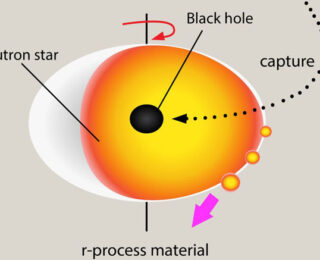
by Lynnie Saade | Feb 2, 2022 | Daily Paper Summaries
Have you ever wondered where gold comes from? What if it came from the bits of neutron star flesh that dribbled out from a black hole’s maw as it ate the neutron star alive?
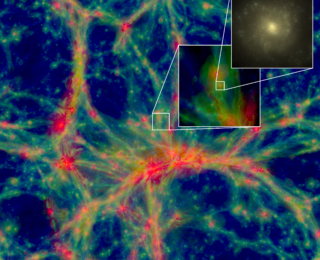
by Katy Proctor | Jan 30, 2021 | Daily Paper Summaries
What processes can explain the diversity in star formation rates exhibited by galaxies of similar masses? Today’s authors investigate this using the EAGLE simulation.
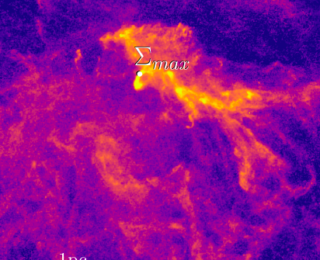
by H Perry Hatchfield | Jan 27, 2021 | Daily Paper Summaries
The fractal dimension as a new way to explore the mysterious link between turbulence and star formation.






